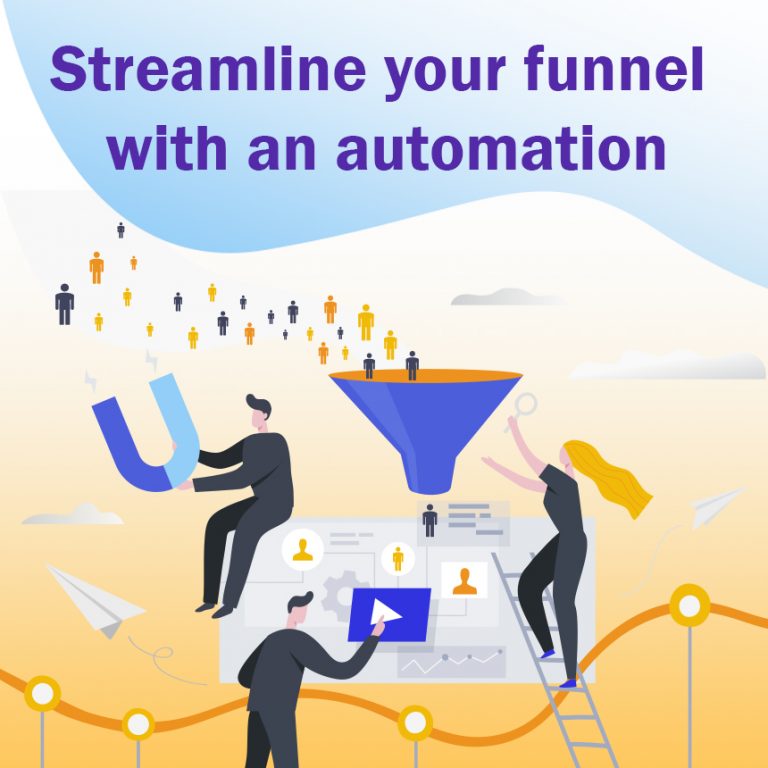
The universal rule of all businesses is to convert leads into customers. The process of nurturing the leads in their journey from awareness to conversion is what marketers call as the process of ‘conversion funnel’. The age-old marketing practices have now taken a back seat while the newest process of automation is now driving campaigns, marketing, sales, and conversions.
We can now see marketing automation crawl into email marketing platforms as well. The benefits of marketing automation have far-reaching consequences in a pleasant way. Marketing automation allows marketers to frame their efforts into strategies, considering how each interaction with their leads affects their movement towards conversion.
Marketing automation drove up sales productivity by 14.5%, reducing marketing costs by 12.2 %. Therefore marketing automation is considered the perfect tool for optimizing any businesses’ conversion funnel. Since we have written multiple articles already on the conversion funnel and its stages, we thought of going the extra mile to see how possibilities of automation work in each of these funnel stages.
Automation in the awareness stage:
You would have collected numerous lead after indulging in the typical awareness activities like PPC campaigns, SEO/organic search, and social media marketing. Now create a gated content offer through which you will receive a visitor’s email address as he downloads your content. Use this to trigger a conversion automation process.
Leads, by this stage, are aware of your brand and have registered to hear more about your products, service, and business. You give them exactly what they want to hear from you. Everything about your brand, business, products, and services.
Related: Techniques to Boost Your Brand on Social Media
Automation in the consideration stage:
By this stage you already have your leads attention and a desire has started to form in their minds to own a product from your brand. Start drafting a compelling content to nurture your leads and show them what you have to offer:
- With automation, you can divide your workflow on timing, personalization, and segmentation and send individually customized offers and promotions.
- Conduct your campaigns to the A/B test to raise your conversion rates by increasing detail and specificity.
Automation in Decision/ Action:
By this stage, the conversion funnel is slimming down to its narrow end, and its time for your sales team to spring into action. You can integrate email automation with your e-commerce platform and remind your leads with ‘abandoned cart’ emails to prompt people to complete their purchases. You can integrate automation into this stage of the funnel by
- Create a meeting set-up email to your automated email workflow, while the meeting can be held over the phone or in person.
- The incentive to entice your leads to convert also works wonders such as a discount, coupon, etc.
Automation in Retention:
Once you have got the lead converted to a customer, you need to strive harder to retain that customer to be a long-term resource. Your automation begins here with
- Sending thank you email with tips, shipping information, etc.
- You could cross-sell or up-sell offers
- Onboard emails to help the customers use your offerings.
The gist of this entire blog is Its best to automate your funnel at the earliest. A well-defined funnel is a time tested method for increasing conversions. Incorporating AI and automation in the entire process improves business and financial metrics and also gives the customers a transparent, and satisfactory experience.


